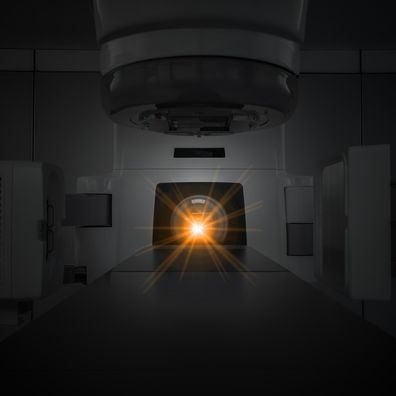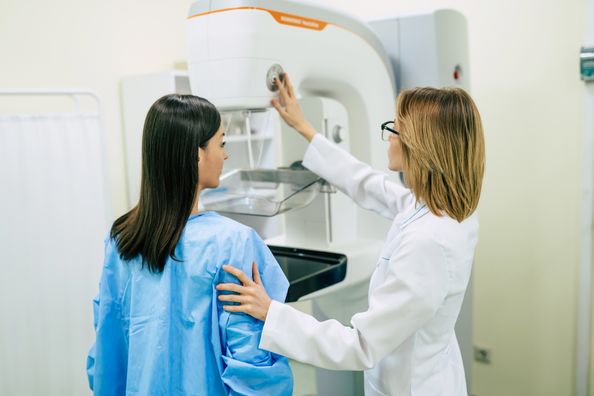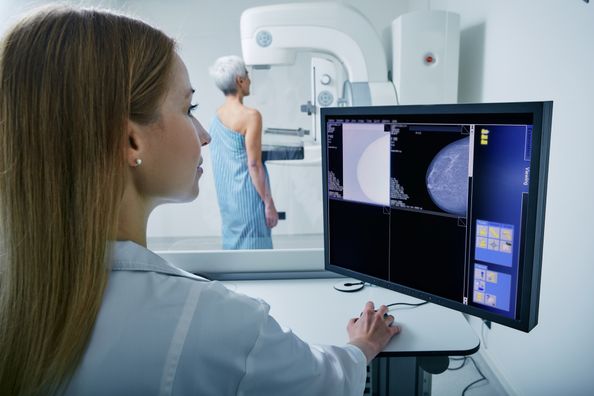When having radiation therapy, precision is key. Since targeting certain cells, and leaving others alone, is of upmost importance; surface guided radiation therapy is often used. Surface Guided Radiation Therapy (SGRT) is a rapidly growing technique which uses stereo vision technology to track patients’ surface in 3D, for both setup and motion management during radiation therapy. This technique is also sometimes referred to Optical Surface Monitoring System (OSMS), Align RT, or Vision RT.
How Does OSMS Work?
Optical Surface Monitoring System (OSMS) is a newer technology that is becoming widely used to monitor a patient’s positioning before and during treatment to ensure pinpoint accuracy. Special cameras render a real-time 3D image of the body and compare it to baseline CT imaging that was performed for planning purposes prior to treatment. Directions are then provided for the technologist to position the patient for treatment and monitor movement outside the intended position during treatment. This advanced system is also able to link to the treatment delivery system to automatically pause radiation if necessary.
Benefits of OSMS
The physician overseeing your cancer care will determine if Optical Surface Monitoring System (OSMS) is right for you. This system can help in a number of ways:
- Helps speed up and improve the accuracy of setup
- Can reduce the need for immobilization while helping to ensure you are in the correct position for treatment
- Ensures you are receiving the most accurate placement and delivery of radiation therapy treatment
- OSMS can stop treatment if unintended areas come into the treatment field
- Treatment can be held until the patient is in the correct position and holds their breath at a precise point using a process called deep inspiration breath hold (DIBH)
Free Breathing vs. Breath Hold
There are a few different methods when setting up a patient for surface guided radiation treatment using OSMS.
- Positioning an individual during their normal state of breathing and monitoring the patient for movement during treatment. This method helps get the patient into the correct position for treatment and often saves time during the positioning process.
- Another method is to position an individual during their normal state of breathing and automatically terminate the radiation beam if the cameras detect movement during treatment. This method is often used if there is a concern of a specific area potentially moving into the radiation field during treatment.
- OSMS can also be used to position an individual during their normal state of breathing and then switch to watch the patient so the machine will only treat once the individual breaths in to a specific point and holds the precise breath for treatment. With this method, the physician and therapists can ensure the patient is only being treated at a very specific point. If the individual breaths in too much or breaths out during treatment, the system will automatically stop.
With any method of setup, OSMS is an excellent tool to use when recommended by your physician.
If you are scheduled for radiation treatment at DuPage Medical Group, or have questions regarding radiation therapy, please talk to your physician or call 630−432−6745.
Health Topics:







